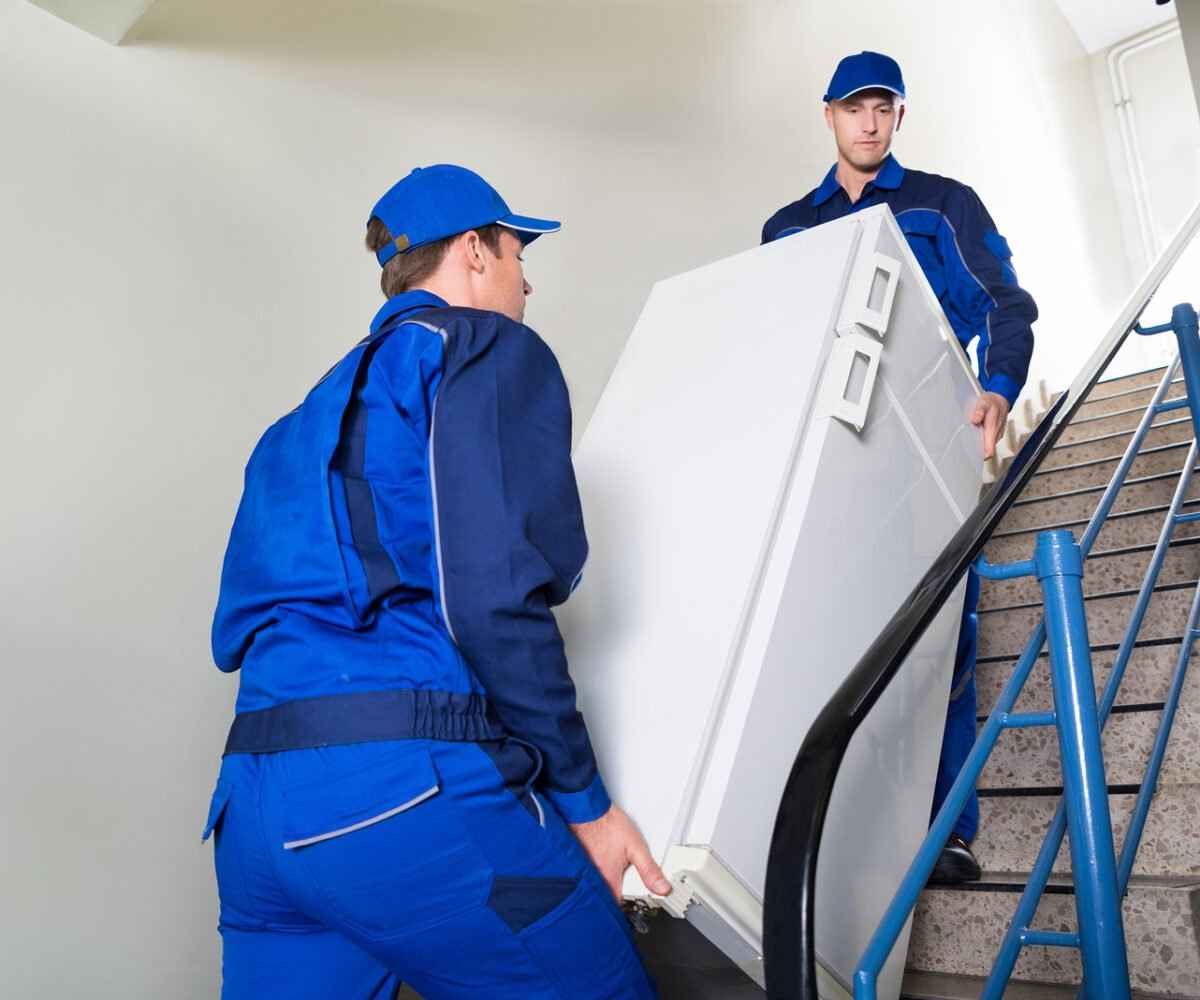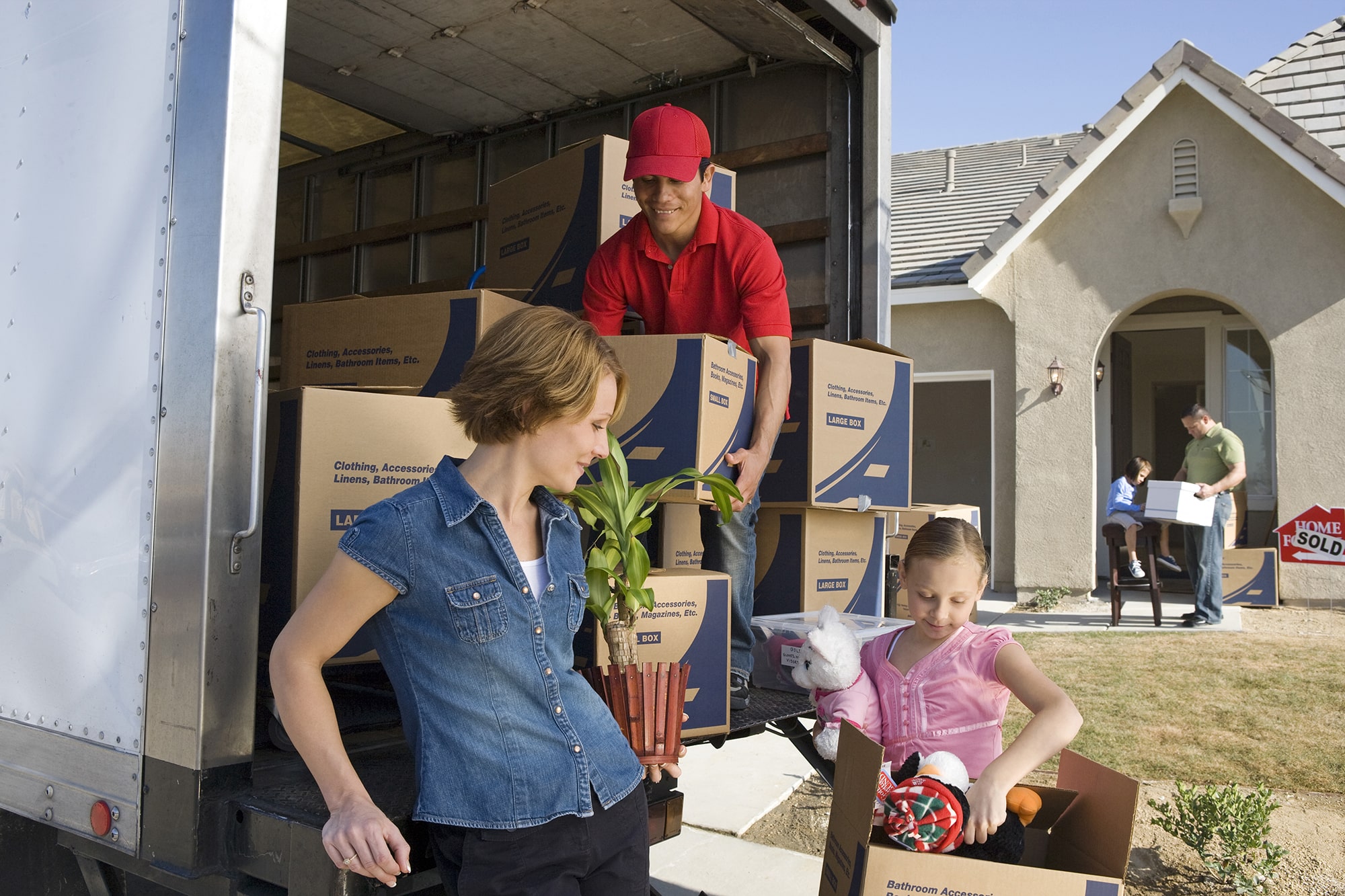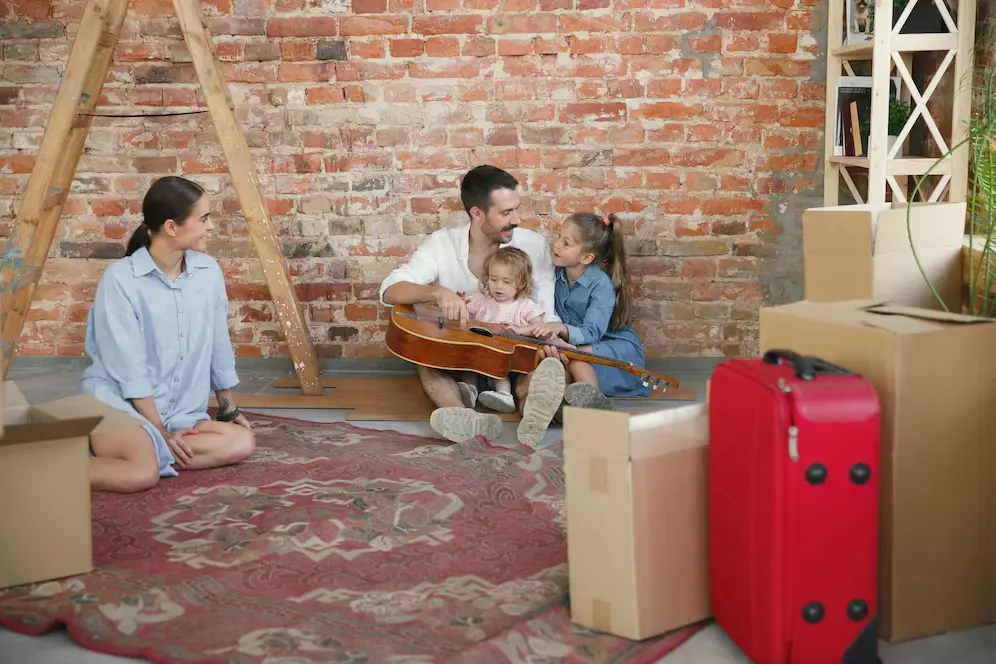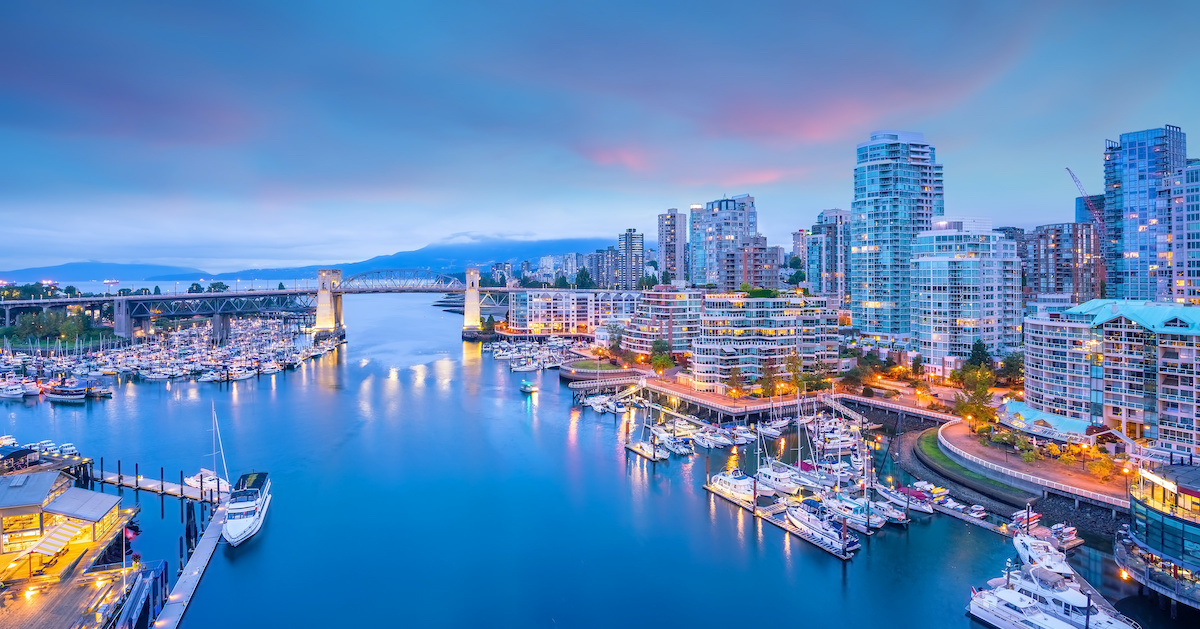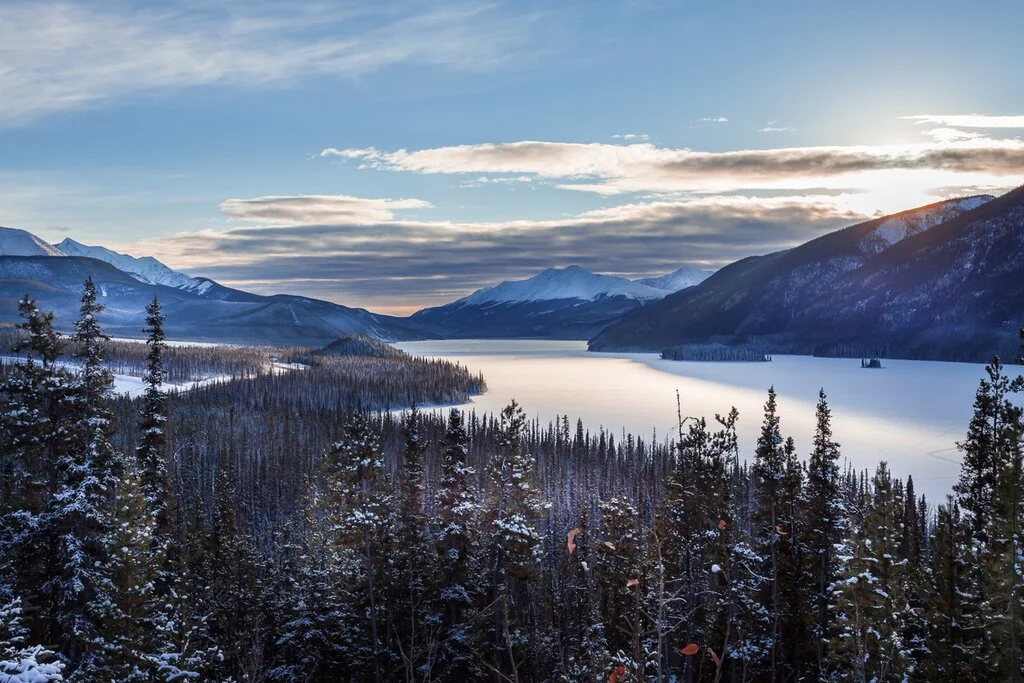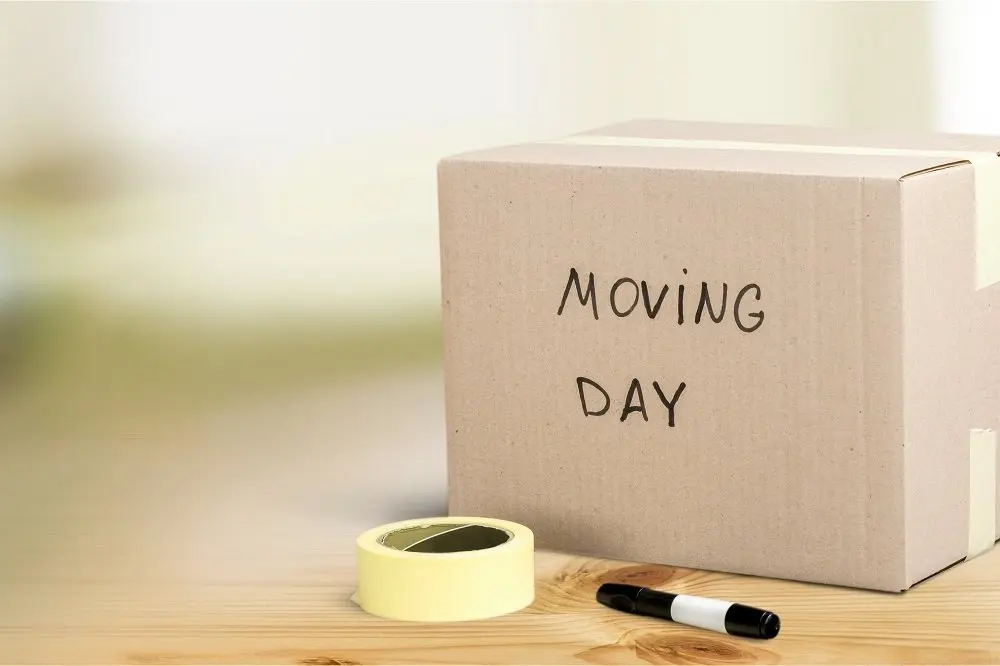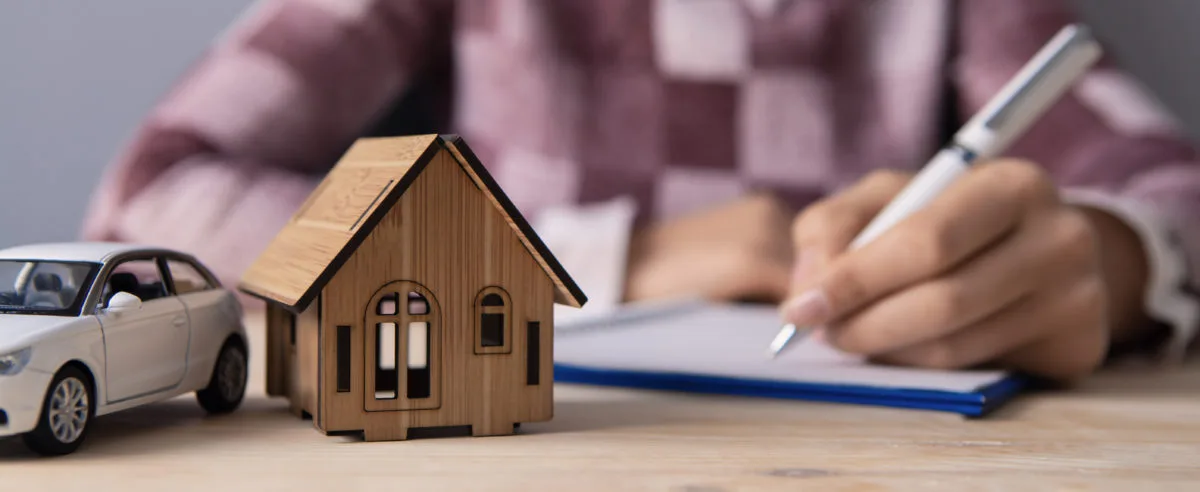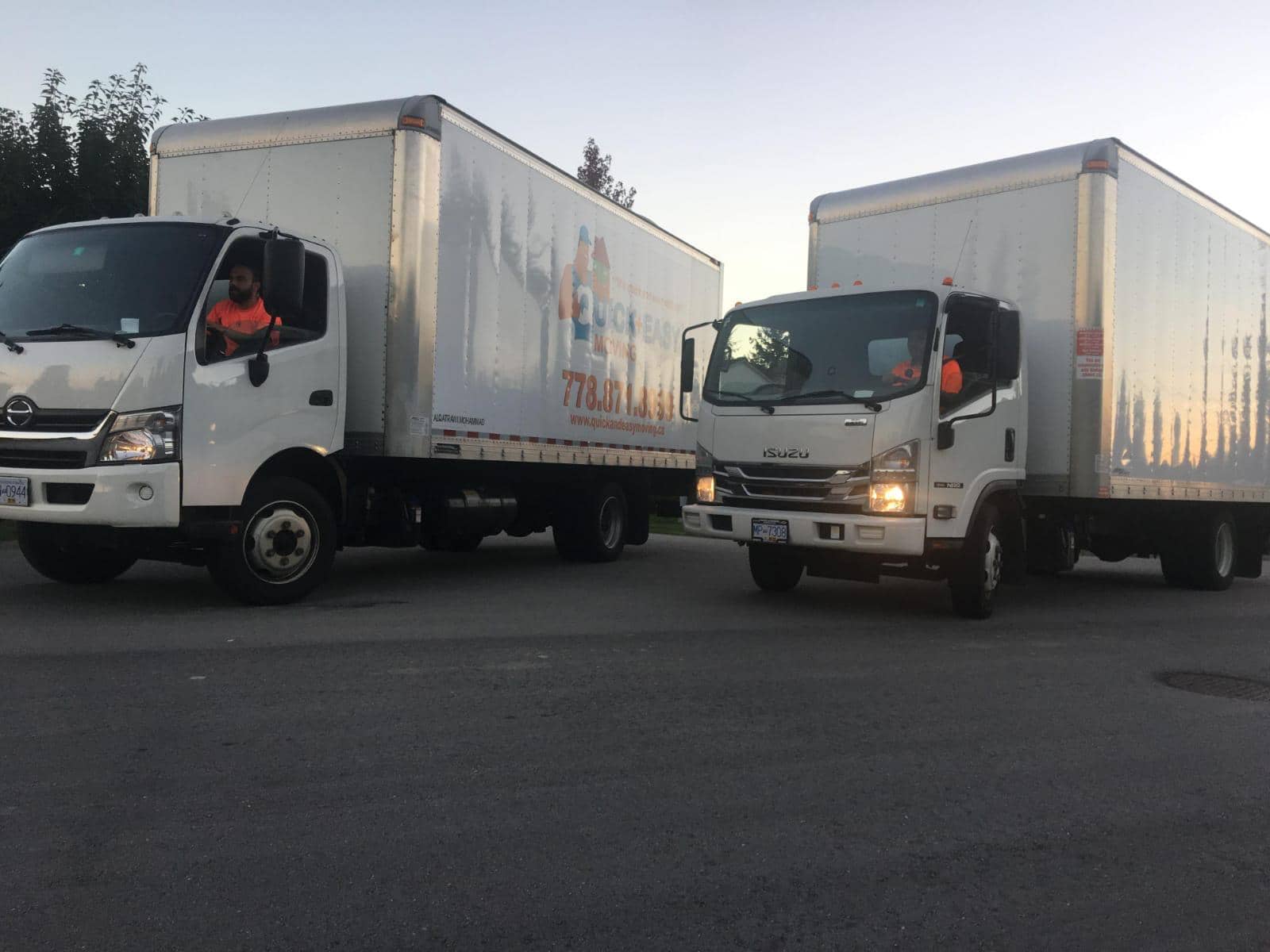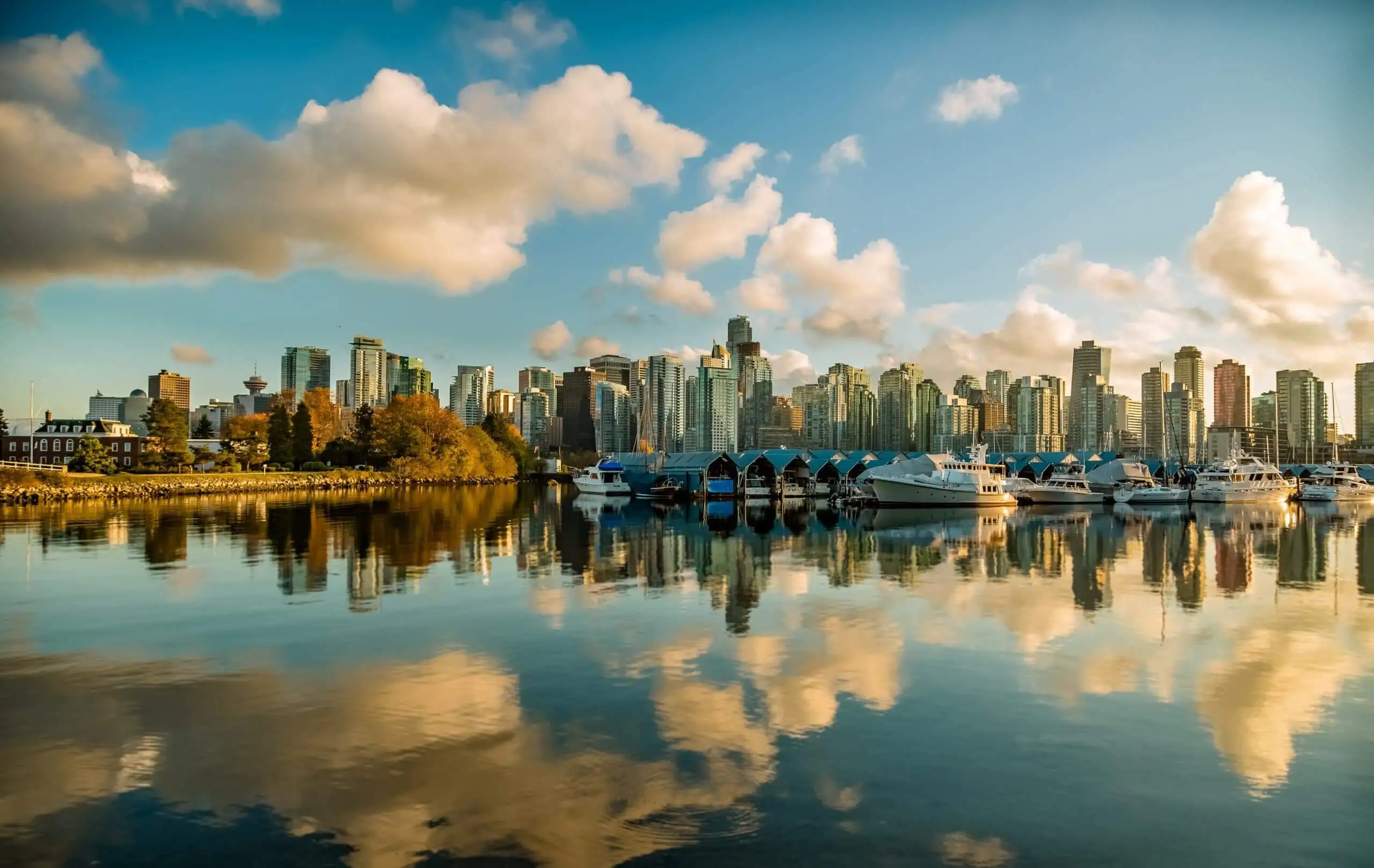Moving to a different climate can be an exciting adventure. However, it’s crucial to be prepared and aware of the changes that come with it. Whether moving from a cold region to a warm climate or from a scorching desert to a chilly mountain town, adjusting to a new climate ahead requires some planning.
This blog post provides essential tips to ensure a smooth transition and help you thrive in warmer climates or low temperatures.
Research and Understand Extreme Weather Conditions
Researching and understanding the climate of a new location before moving can help you prepare for any changes in weather conditions you may experience. Remember that humidity exacerbate allergies and some weather conditions encourage bacterial growth, so you should
Here are some tips to get started:
- Check average temperatures: Understanding the average temperatures for your new location can help you pack a weather-appropriate outfit and prepare your home for any necessary heating or cooling systems.
- Look at humidity levels: High humidity levels can make hot temperatures feel even hotter, while low humidity levels can lead to dry skin and respiratory issues. Knowing the humidity levels of your new location can help you prepare accordingly. You will need health and beauty products or a mild sleep aid to manage how te hot weather increases your risks or sunburn and trouble sleeping.
- Consider precipitation patterns: Different locations may experience different amounts of rainfall or snowfall throughout the year. Knowing when to expect precipitation can help you plan outdoor activities and prepare your home for necessary repairs or maintenance.
- Research extreme weather events: Some locations may be more prone to hurricanes, tornadoes, wildfires, or other extreme weather events like blizzards. Awareness of these risks can help you prepare an emergency kit and have an evacuation plan or the necessary snow removal equipment, even a simple snow shovel and winter gear would be helpful.
Dress Appropriately for Hot and Cold Climate
Dressing appropriately for the climate can help you stay comfortable and healthy in a new location. Here are some tips to consider when dressing for different climates:
- Hot and humid climates: In hot and humid climates, it’s important to wear loose-fitting, light-coloured clothing that allows your skin to breathe. Cotton and linen fabrics are good warm clothing choices because they absorb sweat and permit air circulation. Avoid synthetic fabrics that can trap heat and moisture against your skin.
- Cold and dry climates: In cold and dry temperatures, layering is essential. Start with a wool or synthetic material base layer that wicks away moisture, then add a fleece or down-insulating layer, and finally, an outer layer that is waterproof and windproof. Cover your head, hands, and feet to prevent heat loss during colder climates or cold temperatures.
- Rainy and wet climates: It’s important to wear waterproof and quick-drying clothing in rainy and wet climates. Look for rain jackets and pants made of Gore-Tex or other breathable materials to keep you dry without trapping moisture. Wear waterproof shoes or boots with good traction to prevent slipping on wet surfaces.
- Sunny and arid climates: Protecting your skin from the sun is essential in sunny and dry climates. Apply sunscreen with a high SPF and reapply frequently. Drink plenty of water to stay hydrated. Wear a wide-brimmed hat, sunglasses, and long-sleeved shirts and pants made of lightweight, breathable materials.
You can avoid discomfort and health issues such as heat stroke, hypothermia, or sunburn by dressing appropriately for different climates.

Prepare Your Home for Hot or Cold Weather
Preparing your home for the climate of your new location can help you save energy, prevent damage to your property, and stay comfortable throughout the year. Here are some tips to consider when preparing your home for a different climate:
- Insulate your home: Proper insulation can help keep your home warm in the winter and cool in the summer. Add insulation to your walls, attic, and floors, and seal any drafts or leaks around doors and windows.
- Install a heating and cooling system: Depending on the climate of your new location, you may need to install a heating or cooling system appropriate for the temperature and humidity. Look for energy-efficient models that will help save on your utility bills.
- Invest in a humidifier or dehumidifier: If the climate in your new location is more humid or dry than what you’re used to, consider investing in a humidifier or dehumidifier to maintain a comfortable moisture level in your home.
- Prepare for extreme weather events: If your new location is prone to hurricanes, tornadoes, or wildfires, take steps to protect your home from damage. This may include trimming trees, clearing gutters, and installing storm shutters or impact-resistant windows.
- Check for outdoor equipment: If you’re moving to a location with a colder climate, make sure you have the necessary equipment for snow removal, such as a shovel or snow blower. If you’re moving to a location with a warmer climate, consider purchasing outdoor equipment such as a lawn mower or garden hose.
Adapt to Humidity Levels
Adapting to humidity levels in a new location may be challenging, mainly if you need to get used to high or low humidity levels. Here are some tips to help you adapt:
- Stay hydrated: In high humidity levels, you may sweat more and lose fluids faster. Be sure to drink plenty of water throughout the day to stay hydrated and replenish lost fluids.
- Adjust your clothing: Wear loose-fitting, breathable clothing in high humidity levels that allow your skin to breathe. Wear layers in low humidity to keep warm, but avoid materials that can generate static electricity and cause irritation. Avoid synthetic fabrics that can trap heat and moisture against your skin.
- Use a humidifier or dehumidifier: Depending on the climate of your new location, you may need to use a humidifier or dehumidifier to adjust the humidity level in your home. This can help prevent dry skin, respiratory issues, and damage from wood furniture or musical instruments.
Protect Against Cold Climate and Extreme Weather
Protecting against extreme weather events in a new location is important for your safety and the safety of your property. Here are some tips to consider when preparing for severe weather:
- Stay informed of weather alerts and warnings in your new location. Sign up for emergency notifications and download weather apps to learn about severe weather conditions.
- Prepare an emergency kit: Create an emergency kit that includes non-perishable food, water, flashlights, batteries, a first-aid kit, and any necessary medications. Keep your equipment in a safe and easily accessible location.
- Have an evacuation plan: Know where to go in case of an evacuation and have a plan for how to get there. Identify multiple routes and ensure everyone in your household knows the program.
- Protect your property: If your new location is prone to hurricanes, tornadoes, or wildfires, protect your property from damage. This may include cutting down dead trees, securing loose items outdoors, and installing impact-resistant windows or storm shutters.
- Seek shelter: If there’s an imminent threat of severe weather, seek shelter indoors or in a designated safe location. Avoid any areas prone to flooding, and never attempt to drive through floodwaters.
Take Care of Your Skin in the Colder Climate
Staying hydrated and caring for your skin is essential when moving to a different climate, especially when moving to a location with high temperatures or low humidity levels. Here are some tips to consider:
- Drink plenty of water: In hot climates or high humidity levels, you may sweat more and lose fluids faster. Be sure to drink plenty of water throughout the day to stay hydrated and replenish lost fluids. Avoid alcohol and caffeine, which can dehydrate you.
- Moisturize regularly: Your skin may become dry and itchy in low humidity. Moisturize your skin regularly using a lotion or cream to prevent dryness and cracking. Look for products that contain ceramides or hyaluronic acid, which help retain moisture in the skin.
- Wear sunscreen: When exposed to direct sunlight, protect your skin by wearing sunscreen with a high SPF. Apply sunscreen 30 minutes before going outside and reapply every two hours or after swimming or sweating. Wear a hat and cover your skin with lightweight, breathable clothing when spending time outdoors.
Ask the Locals for Advice and Recommendations
Seeking local advice and recommendations is a great way to learn about your new location and get the inside scoop on the best places and things to do. Here are some tips to help you seek local advice and recommendations about the new climate:
- Ask neighbours and coworkers: If you’re moving into a new neighbourhood or starting a new job, ask your neighbours or coworkers for their recommendations on local restaurants, parks, and other attractions. They may have insider knowledge of hidden gems you wouldn’t find in a guidebook.
- Join local groups and organizations: Look for local groups and organizations that share your interests, such as hiking clubs, book clubs, or volunteer organizations. This can provide opportunities to meet new people and get advice on the best places and things to do.
- Use social media: Join local Facebook groups or follow local Instagram accounts to stay up-to-date on events and activities in your new location. You can also use social media to ask for recommendations or advice from locals who know the area well. This will help you plan ahead and be prepared for any possible health risks because of moving to a cold or warm weather area.
- Visit local tourist centers: If you’re moving to a tourist destination, visit local tourist centers or information booths to get brochures and maps of the area. The staff may also be able to provide recommendations on local attractions and events.
- Talk to service providers: When setting up your utilities or home services, such as cable or internet, ask the service providers for their recommendations on local restaurants and attractions. They may also be able to provide information on upcoming events or festivals in the area.
You can discover hidden gems and make the most of your new location by seeking local advice and recommendations. Be sure to get to know the locals and explore the area before making final judgments.

Conclusion
Moving to a new location can be stressful and overwhelming. But with the proper preparation and planning, you can make the transition more accessible and enjoyable. You can turn your relocation into an exciting new adventure with practice and the right moving team!
From researching your new home to seeking local advice and recommendations, there are many steps you can take to ensure a smooth move. Hiring a professional moving company like Quick & Easy Moving will also help take some of the burdens off your shoulders and make sure your belongings arrive safely and on time.
Moving Tips and Tricks

How do I Choose a Moving Company?
Choosing a moving company can be tricky and sometimes overwhelming with so many options to choose from. That’s why Quick and Easy Moving have created our top 5 tips on how to choose a moving company for your upcoming move. Just follow this simple how-to guide... 1. Ask friends and family Referrals are always one of the most effective ways to choose any product or service. Hearing feedback or seeing...
Read More





